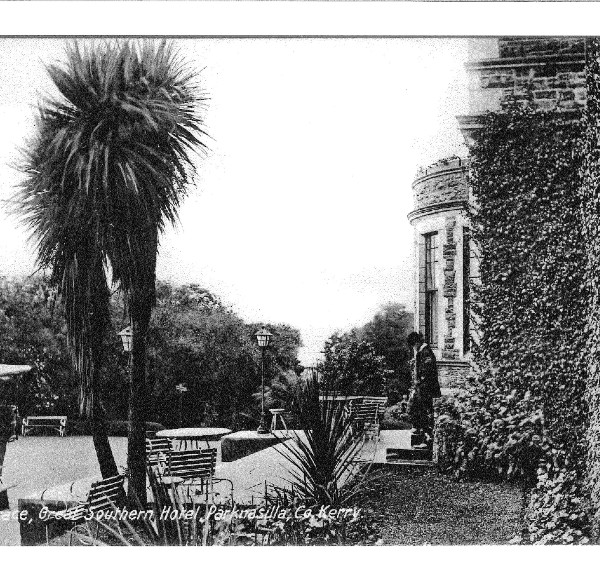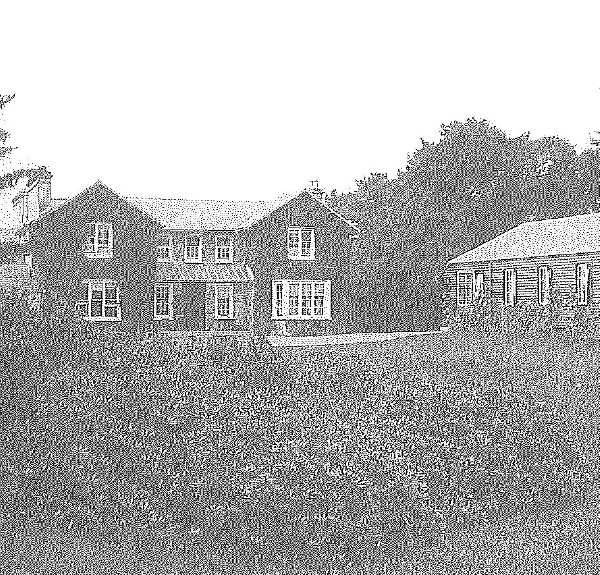The Graves and Parknasilla
While the Blands were anything but bland, despite Nathaniel’s best efforts, the Graves, who took a lease on Parknasilla House, were typical of many Irish father/son relationships. Robert graves wrote an autobiography ‘Good Bye to All That’ in 1929. His father, Alfred Perceval Graves duly replied with an autobiography entitled ‘To Return To All That’ in 1930. Thankfully Alfred Perceval’s father, Bishop Charles Graves was dead at this juncture, what he would have thought of his son and grandson washing their linen – whether clean or dirty – in public is anybody’s guess.
Bishop Graves
Bishop Graves was a noted scholar. He took a lease of Parknasilla House, as a summer home in the early 1860s. In 1891 he bought out the lease on Parknasilla and one hundred and fourteen acres, including the islands. He had a keen interest in archaeology and worked on the interpretation of Ogham stones, two of which were found at Parknasilla.
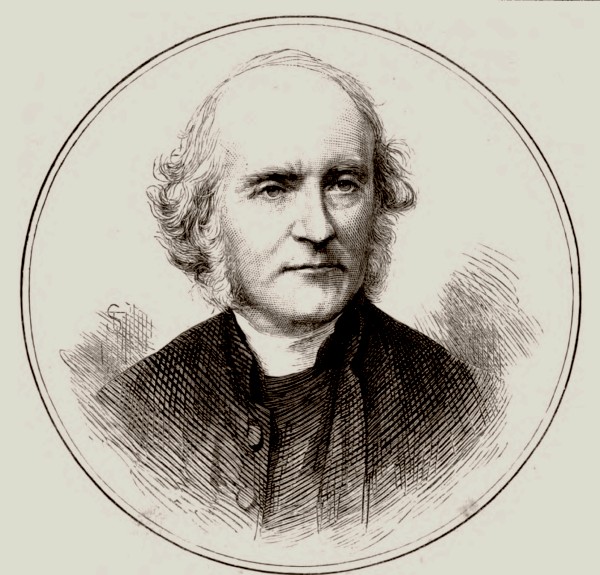
Alfred Perceval Graves
The most notable of the Bishop’s children was Alfred Perceval Graves born in 1846. Alfred entered the Civil Service and joined the Home Office as private secretary to the under-secretary Winterbotham. For several years he was honorary secretary of the Irish Literary Society. He also served twice as president and George Bernard Shaw was a constant visitor to his home, Red Branch House, at Wimbleton.
Shaw seems to have followed the Graves around. His most famous son was author and poet, Robert Graves. Alfred Perceval Graves edited many works of Irish interest including “The Irish Fairy book” (1990). His famous ballad “Father O’ Flynn” was published in “Songs of Old Ireland”. It was set to music by Sir Charles Villers Stanford. The ballad was based on Father Michael Walsh, the Parish Priest of Sneem, also known as parish of Kilcrohane East, or Ballybog.
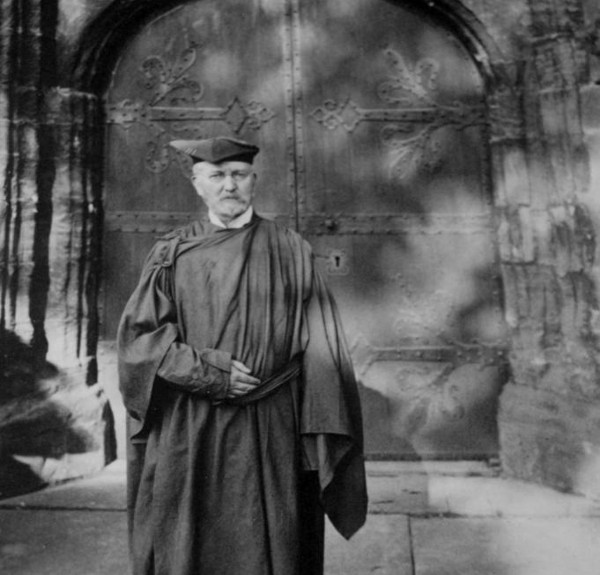
"Father O’ Flynn"
“Here’s Health to you, Father O’Flynn, Slainte, and Slainte, and Slainte again; Powerfulest Preacher, and Tinderest teacher, And Kindliest creature in ould Donegal.”
The ‘Donegal’ was put in purely for rhyme as ‘Sneem’ didn’t quite fit into the rhyming scheme. Father Walsh got on very well with the Graves and the Blands and socialised with them. James Franklin Fuller describes how he often spent a strenuous day coursing with Father Walsh. He says he was ‘in every every sense the grand old man, beloved by his flock, and standing high in the estimation of all Protestant gentry of the Parish.’
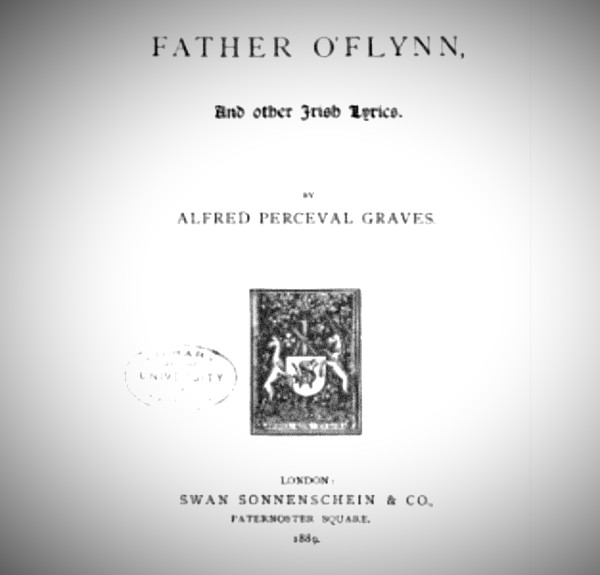
The background of the new era
The Bianconi system of cars and the railways were a great stimulant for internal tourism in Ireland. In December 1834 the first Irish railway was opened for traffic on the Dublin and Kingstown Railway. It was extended to Dalkey in 1844. Its contractor, William Dargan, was known as the ‘Father of Irish Railway’. At the beginning of the 1940s there were just over 31 miles of railway in Ireland. By the close of the decade there were 700 miles of railway. Private enterprise, subject to parliamentary control, gave Irelands its railways. There was great rivalry between the different companies.
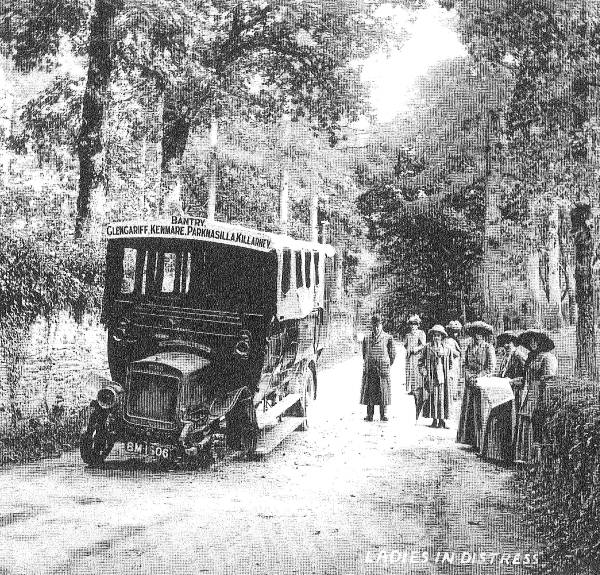
Great Southern Emergence
In the south of Ireland, the most important railway was the Great Southern and Western Dublin-Cork link opened in 1849. Railway companies built seaside terminus hotels and promoted excursions. Cooks ran the first package tour from America to Killarney and Glengarriff in 1895. This is what the hotels were originally designed for. They were resort hotels to be supplied with customers by the new railway lines. Killarney to Dublin opened in 1853. The railway hotel in Killarney opened in 1854. In 1861, Queen Victoria visited Killarney, arriving by train from Dublin. She was en route to Muckross. In 1893 Kenmare became the terminus of a branch line.
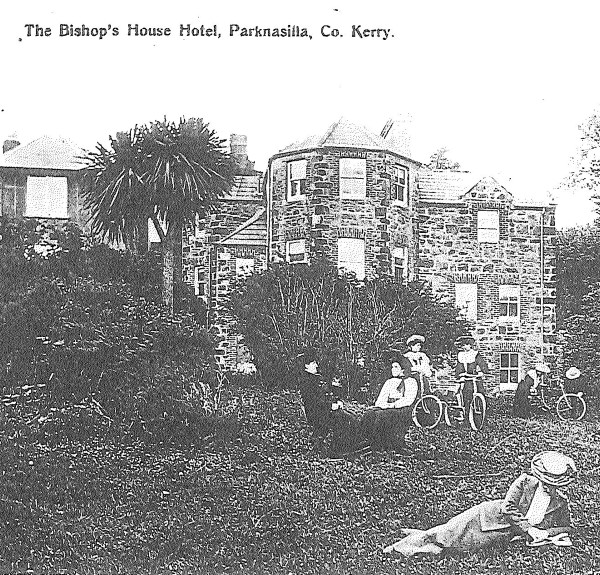
The becoming of the Hotel
The Derryquin Estate was sold in 1891 in various lots. The part of the property which had been leased by Bishop Graves was sold in one lot. The Bishop bought it and sold it a couple of years later to the Southern Hotel Company. On 1st May 1895, the Southern Hotel, Parknasilla opened, with furnishings from Messrs Millar & Beattie of Dublin. The name ‘Parknasilla’, which meant ‘Field of the willows,’ began to appear on maps. It was also referred to as ‘The Bishop’s House Hotel, Parknasilla.’
